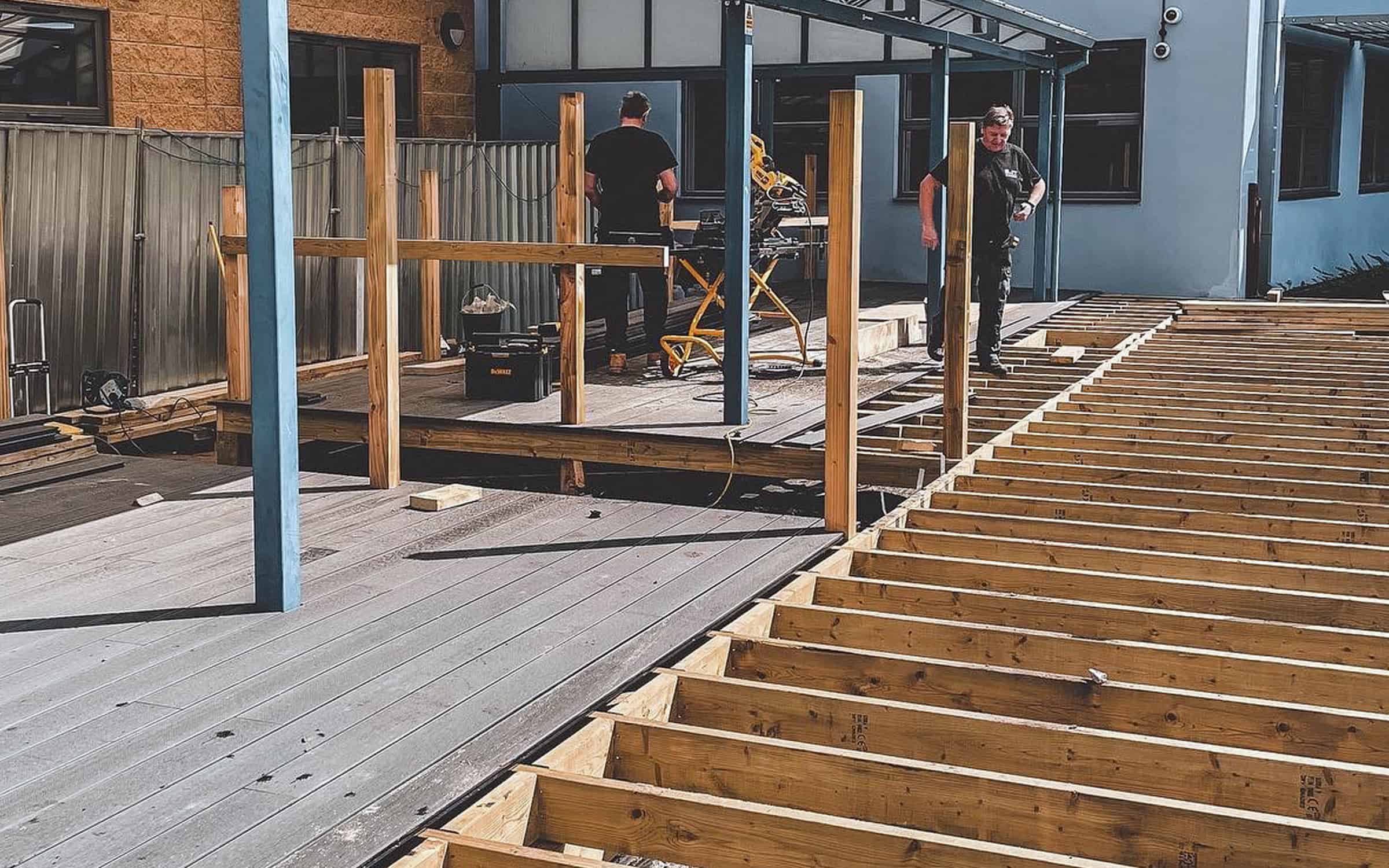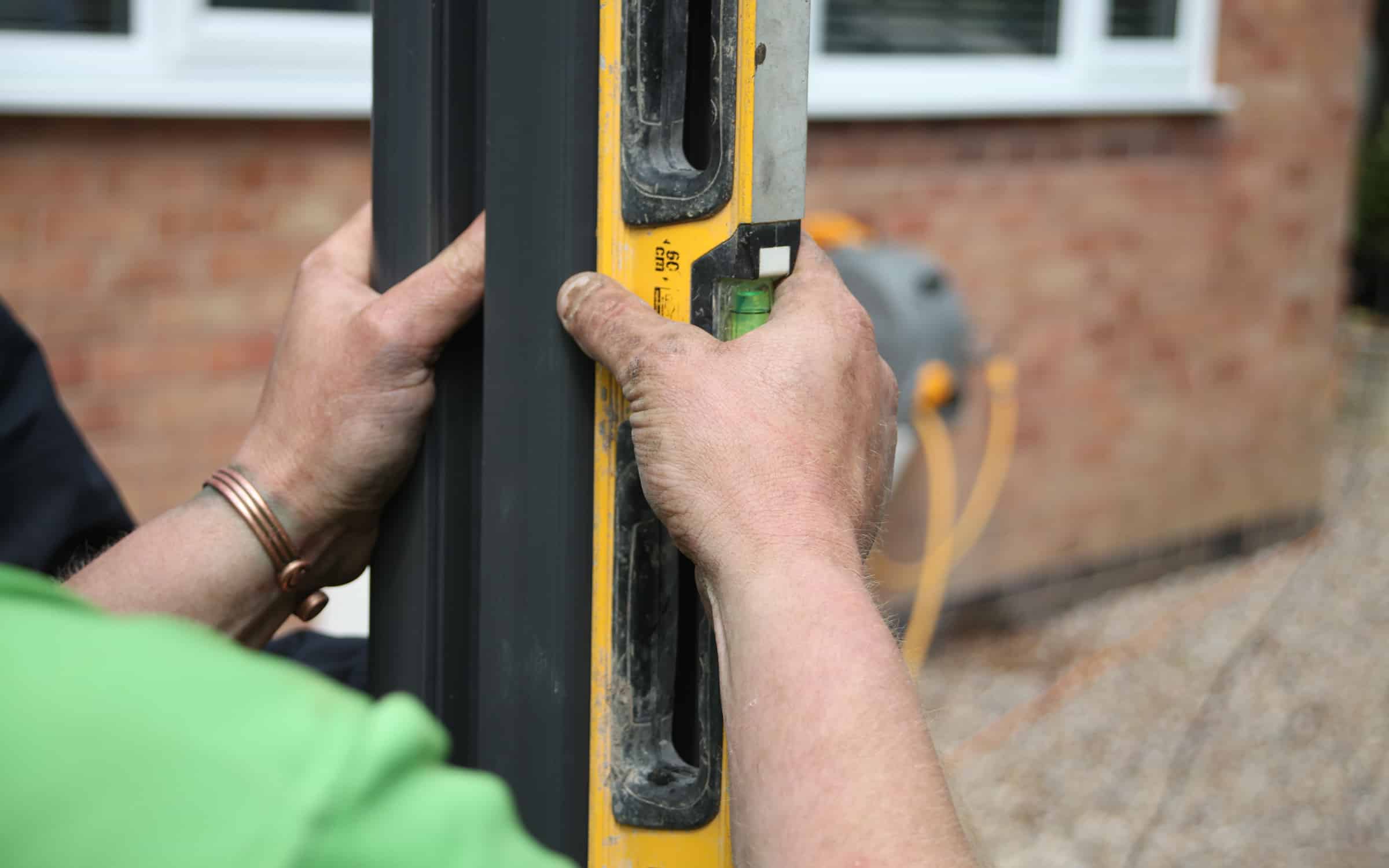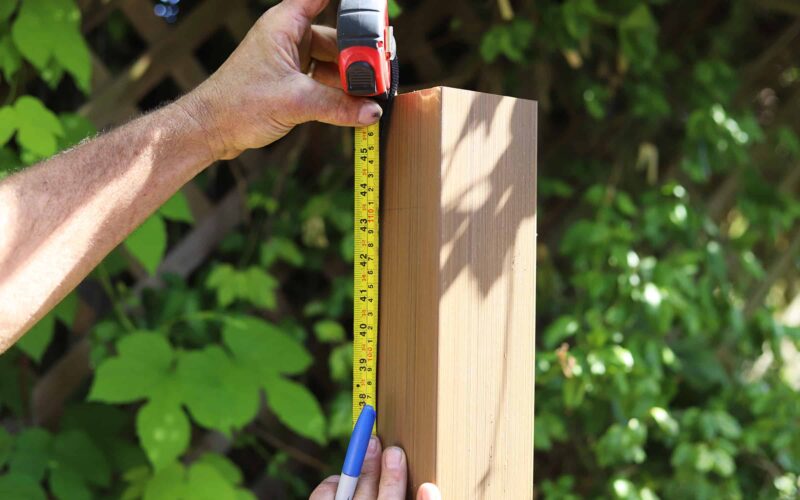A broken fence can be a real eyesore and a practical headache for any homeowner. Whether its due to weather damage, rotting wood, or simply old age, a damaged fence can compromise your homes security and curb appeal.
Fortunately, there are some quick fixes you can implement to restore your fence to its former glory without breaking the bank. In this comprehensive guide, well explore a variety of solutions for repairing a broken fence so you can enjoy a sturdy and visually appealing property once again.
From simple DIY tricks to professional assistance, weve got you covered with practical advice and expert tips to help you tackle this common homeowner dilemma.
1. Assessing the Damage

Assessing the Damage is the first crucial step in determining the best course of action for repairing a broken fence as a homeowner. Start by thoroughly examining the extent of the damage, looking for any missing or broken pieces, loose boards, or leaning posts.
Take note of any areas where the fence may be sagging or showing signs of rot or decay. Its important to assess the overall stability and structural integrity of the fence to determine the best approach for repairs.
By carefully evaluating the damage, you can make informed decisions on the necessary materials and repairs needed to restore your fence to its original condition.
2. Temporary Patching Solutions

When faced with a broken fence, homeowners often need a quick and easy temporary solution to keep their property secure. One option is to use temporary patching solutions such as zip ties, duct tape, or wire fencing to quickly mend any gaps or breaks in the fence.
These temporary fixes can help prevent further damage and keep unwanted guests out while a more permanent repair can be planned and executed. While not a long-term solution, temporary patching solutions offer a practical and cost-effective way to address immediate fencing issues.
3. Repairing Structural Damage

Repairing structural damage to a broken fence can be a daunting task, but with the right tools and knowledge, it can be a manageable project for homeowners. Before beginning any repairs, it is important to assess the extent of the damage and determine the best course of action.
For minor structural issues such as loose boards or broken posts, simple repairs such as tightening screws or replacing nails may suffice. However, for more severe damage such as sagging or leaning sections, more extensive repairs such as bracing or replacing posts may be necessary.
Additionally, it is important to ensure that any repairs are done properly to prevent future issues and maintain the integrity of the fence. By taking the time to assess and address structural damage promptly, homeowners can prolong the life of their fence and enhance the overall appearance of their property.
Conclusion
In conclusion, a broken fence can be a frustrating and unsightly problem for homeowners, but with the right tools and materials, it can be easily repaired. By following the quick fixes outlined in this guide, such as reinforcing weak posts, replacing damaged panels, or applying a fresh coat of paint, you can restore the functionality and beauty of your fence in no time.
For a more durable and low-maintenance option, consider investing in composite fencing, which offers the look of traditional wood without the hassle of regular upkeep. With a little effort and the right resources, your fence can once again become a sturdy and attractive feature of your home.


